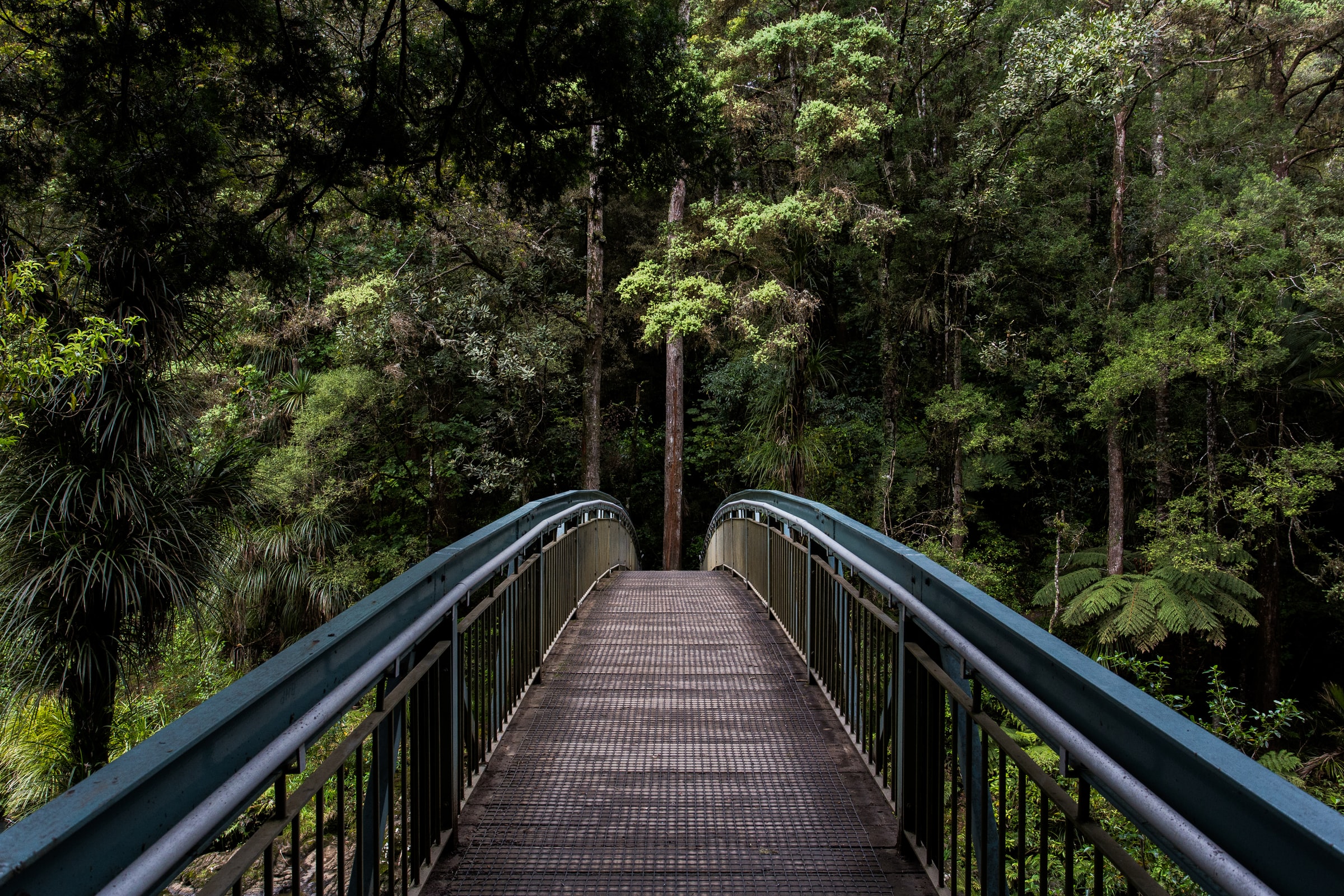
When was the last time you were “in the zone” in your work? The last time you were so involved in a project that everything else was forgotten?
This is called being in a state of “flow”: the state of consciousness where work ceases to become work and instead becomes energizing and immersive.
What if you could be in a flow state more often and reliably?
It turns out that there are 17 “triggers” you can control and leverage to put yourself (and your team) in a flow state more consistently. These triggers are grouped into 4 functional categories: psychological, environmental, social, and creative.
Today, in Part 1 of a two-part blog series, I’ll discuss what flow is and the psychological and environmental triggers you can start using today to be more creative and productive.
In Part 2, I’ll cover the social and creative triggers and how you can get your team into a flow state. (Most of the research and insights about flow that I’ll share in this series come from the work of my dear friend and writing partner Steven Kotler, a leading expert on peak performance and the Founder of the Flow Research Collective.)
Let’s dive in!
NOTE: Want more practical tips and tools to help you navigate this era of exponential change? Join my year-round Mastermind and Executive Program Abundance360.
WHAT EXACTLY IS FLOW?
The late psychologist Mihaly Csikszentmihalyi, a leading researcher on flow, defined it as “an optimal state of consciousness where we feel our best and perform our best.”
When we’re in flow, we’re so focused on the task at hand that everything else falls away. Action and awareness merge. Time flies. The “self” vanishes.
All aspects of your performance—physical and mental—go through the roof.
We call this experience flow because that’s the sensation it creates. In flow, every action, each decision leads effortlessly and fluidly to the next.
Flow is about being swept away by the river of ultimate performance.
And more than 150 years of research show that flow sits at the heart of almost every athletic championship, major scientific breakthrough, and significant progress in the arts.
As John Hagel, co-founder of Deloitte’s Center for the Edge, puts it, “top executives report being five times more productive in flow.”
So, how do you find flow?
One of the lessons that has emerged from this research is that flow states have triggers: preconditions that lead to more flow.
Let’s look at how the first set of triggers, environmental and psychological, can apply to you as an exponential entrepreneur.
FLOW’S ENVIRONMENTAL TRIGGERS
Environmental triggers are qualities in your environment that drive you deeper into a flow state.
High Consequences: Flow follows focus and consequences catch our attention. When there’s danger lurking in our environment, we don’t need to concentrate extra hard to focus—the elevated risk does the job for us.
And this doesn’t just mean physical risks. The science shows that creative, emotional, intellectual, and social risks work just as well.
This means that entrepreneurs whose de facto motto is “fail forward” have an incredible advantage.
If you’re not incentivizing risk—for yourself and for your team—then you’re denying access to flow.
Rich Environment: This is about creating an environment that combines complexity, novelty, and unpredictability.
Like risk, these three elements catch and hold our attention.
Complexity happens when there’s a lot of salient information coming at us at once. Novelty means both danger and opportunity—when either is present, you pay attention. And unpredictability simply means that we don’t know what will happen next.
So how can you employ this trigger in your work?
Just increase the amount of complexity, novelty, and unpredictability in your environment.
This is exactly what Steve Jobs did when he created Pixar.
By building a large atrium at the building’s center, and then putting the cafeteria, mailboxes, and meeting rooms next to the atrium, he forced employees from all over the company to randomly bump into one another.
This massively increased the amount of complexity, novelty, and unpredictability every day.
Deep Embodiment: You can think of this as total physical awareness.
Take Montessori education. The Montessori classroom has been shown to be one of the highest flow environments on Earth.
Why?
Because they emphasize learning through doing. Instead of just reading about a lighthouse, go out and build one.
By working with your hands alongside your brain, you’re engaging multiple sensory systems at once—grabbing your attention and forcing focus into the now.
FLOW’S PSYCHOLOGICAL TRIGGERS
These are the conditions in our inner environment that help us drive our attention into the now and create more flow.
Clear Goals: When goals are clear, the mind doesn’t have to wonder about what to do or what to do next—it already knows. Concentration tightens, motivation is heightened, and extraneous information gets filtered out.
Action and awareness merge.
But most of us tend to skip over the adjective “clear” to get to the noun goals. Clarity gives us certainty. We know what to do and where to focus our attention while we are doing it.
Applying this idea in your daily life means breaking tasks into bite-size chunks and setting goals accordingly. For example, a writer is better off trying to pen three great paragraphs at a time, rather than an entire chapter.
Think challenging yet manageable—just enough stimulation to shortcut attention into the now, not enough stress to pull you back out again.
Immediate Feedback: If clear goals tell us what we’re doing, then immediate feedback tells us how to do it better.
If we know how to improve performance in real time, the mind doesn’t go off in search of clues for betterment. We can keep ourselves fully present and fully focused and thus much more likely to be in flow.
Implementing this in business is straightforward: tighten feedback loops. Practice agile design. Put mechanisms in place so attention doesn’t have to wander.
Ask for more input. How much input?
Not quarterly reviews. Think daily reviews.
Studies have found that in professions with less direct feedback loops—stock analysis, psychiatry, medicine—even the best get worse over time.
Surgeons, by contrast, are the only physicians that improve the longer they’re out of medical school. Why? Mess up on the table and someone dies.
That’s immediate feedback.
Challenge-to-Skills Ratio: This is perhaps the most important psychological trigger for flow. Our attention is most engaged when there’s a specific relationship between the difficulty of a task and our ability to perform it.
If the challenge is too great, fear swamps the system. But if the challenge is too easy, we stop paying attention.
Flow happens near the emotional midpoint between boredom and anxiety, in what scientists call the flow channel—the spot where the task is hard enough to make us stretch, but not hard enough to make us snap.
This sweet spot keeps attention locked in the present. When the challenge is firmly within the boundaries of known skills, the outcome is predetermined. We’re interested, not riveted.
But when we don’t know what’s going to happen next, we pay more attention to the next.
Uncertainty is our rocket ride into the now.
FINAL THOUGHTS
One of the most well-established facts about flow is that the state is ubiquitous.
Flow shows up anywhere in anyone provided the right conditions—flow’s triggers—are met.
Why does this work?
Because we’re biological organisms and evolution is conservative by design. When a particular adaptation works, the basic design is repeated again and again.
And flow works.
As a result, our brains are hardwired for the experience. We are all designed for optimal performance—it’s a built-in feature of being human.
Stay tuned for Part 2 and a discussion of flow’s social and creative triggers!
JOIN MY ABUNDANCE360 COMMUNITY
Want to learn about more tools to help you not only survive but thrive during this era of exponential change?
Then consider joining my year-round Abundance360 Mastermind and Executive program and come to our in-person A360 Summit February 2-4, 2022.
My mission is to help A360 members obtain mastery in four specific mindsets: an Abundance Mindset; an Exponential Mindset; a Longevity Mindset; and a Moonshot Mindset. Together we will actively select and reinforce your preferred Mindsets.







